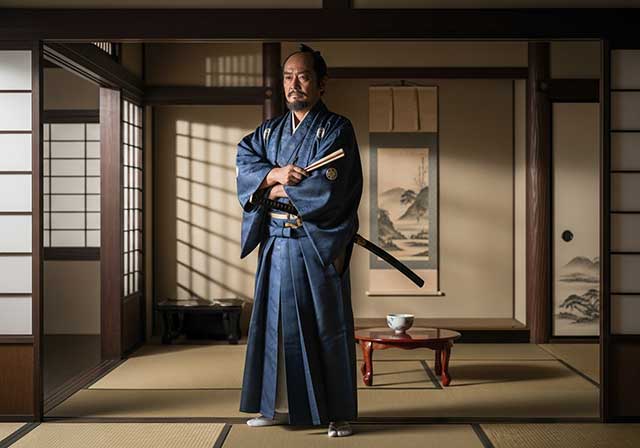
The eldest son of Miyoshi Nagamoto (Motonaga), at the age of seventeen and with the support of Miyoshi Masanaga and Matsunaga Hisahide, invaded Kinai, the inner provinces of Japan, and in 1539 seized control of Kyoto. In 1543 he expelled Hosokawa Ujitsuna from the commercial city of Sakai and appointed his own brother, Sōgo Kazunari, as the city’s new leader. In 1548 he took the name Chōkei. When a conflict arose between him and Masanaga, Chōkei appealed to his liege lord, Hosokawa Harumoto, asking him to raise troops in the provinces of Settsu, Izumi, and Kawachi, but Harumoto instead chose to ally with Masanaga against Chōkei.
Irritated by this betrayal, Chōkei attacked and crushed Masanaga, then besieged Harumoto in his castle at Miyake (1549) and installed Ujitsuna as the head of the Hosokawa clan. However, he did not dare to completely eliminate Hosokawa Harumoto, lifted the siege, and again marched against Masanaga, defeating him a second time. Harumoto fled to Ōmi under the protection of the shogun Ashikaga Yoshiteru. Meanwhile, Chōkei entered Kyoto (1550) and handed control of the city to Matsunaga Hisahide. That same year, with the support of the Tsutsui clan, he extended his authority over the entire province of Yamato. Two years later, Chōkei returned and forced the shogun to acknowledge his power.
Around 1560 he besieged Hatakeyama Takamasa in his Iimori Castle (Kawachi), captured it, and made it his residence. Takamasa fled to the province of Kii, gathered troops there, and returned to attack Chōkei, but was defeated once again. The following year (1563) Chōkei’s son Yoshioki was poisoned by Matsunaga Hisahide. After this, Chōkei named Yoshitsugu—an adopted son taken from his brother Sōgo Kazumasa—as his heir, but there was no harmony between them. Meanwhile, Hisahide’s influence continued to grow— in 1564, Chōkei’s brother Fuyuyasu was executed based on Hisahide’s false accusations. Shortly after these events, Chōkei fell ill and died.
Chōkei was renowned as a distinguished aesthete; he wrote poetry and had a deep appreciation for the tea ceremony. He was a patron of the famous renga poet Satomura Jōha and constructed the renowned Nanshūji Temple in the city of Sakai (1557). The temple was destroyed in 1615 and later restored by the famous monk Takuan.
See also
-
Matsudaira Ietada

Matsudaira Ietada, also known as Tomomo-no Suke, was the eldest son of Matsudaira Koretada, the head of the Fukozu branch of the Matsudaira clan. Ietada was born in 1555 at Fukozu Castle. When he reached adulthood (for samurai children this age range was between 11 and 17), the Fukozu-Matsudaira clan was under the authority of Tokugawa Ieyasu and commanded by Sakai Tadatsugu. In the Battle of Nagashino in 1575, Tadatsugu’s unit, which included both Ietada and his father, took part in the assault on the fort on Mount Tobigasu-yama. During the fighting, Koretada was killed, and twenty-year-old Ietada became the new head of the clan.
-
Matsudaira Tadaakira
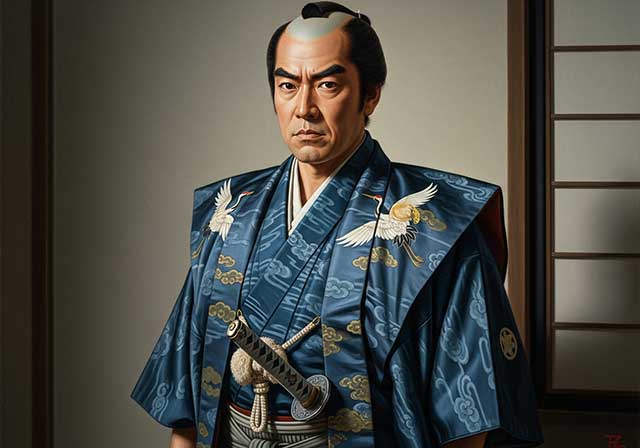
Tadaakira was the fourth son of Okudaira Nobumasa, a vassal of the Tokugawa clan, and his mother was Kame, the eldest daughter of Tokugawa Ieyasu. In 1588, Tadaakira was adopted by Ieyasu and received the Matsudaira family name; at that time, he bore the name Kiyotada.
-
Mashita Nagamori

Nagamori possessed remarkable diplomatic and administrative talent while remaining a brave warrior. He is believed to have come from the village of Mashita in the province of Owari, which today is part of Aichi Prefecture. He was a vassal of Oda Nobunaga and later served Toyotomi Hideyoshi. In the Battle of Komaki–Nagakute in 1584, Nagamori took at least two enemy heads. Later, he was entrusted with overseeing major public construction projects, including the reconstruction of Fushimi Castle and the building of the large Sanjō and Gojō bridges in Kyoto.
-
Magara Jurōzaemon Naotaka
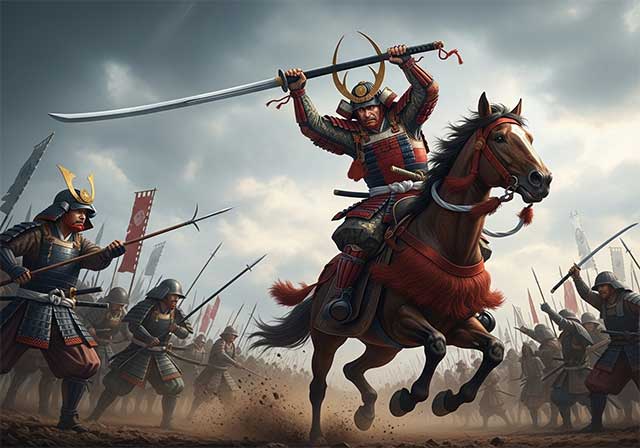
Magara Jurōzaemon Naotaka was a vassal of Asakura Yoshikage from the province of Echizen, and very little is known about his life, including even the exact year of his birth. Magara gained his renown through his heroic death at the Battle of Anegawa in 1570. In this battle, the combined forces of Oda Nobunaga and Tokugawa Ieyasu confronted the armies of Asai and Asakura, with Ieyasu taking command of the left flank and fighting against the Asakura forces. After crossing the shallow Anegawa River, which separated the two armies, Tokugawa’s finest generals — Honda Tadakatsu and Sakakibara Yasumasa — launched an assault on the headquarters of Asakura Kagetake, the commander-in-chief of the Echizen army. The attack by Honda Tadakatsu was so swift that Kagetake found himself almost completely surrounded by enemy troops.
-
Kusunoki Masashige

Kusunoki Masashige was, without exaggeration, a genius of guerrilla warfare. If not for this talented commander, Emperor Go-Daigo would likely have failed not only to ascend the throne, but even to put up any real resistance against the powerful Hojo clan.
-
Kobayakawa Takakage
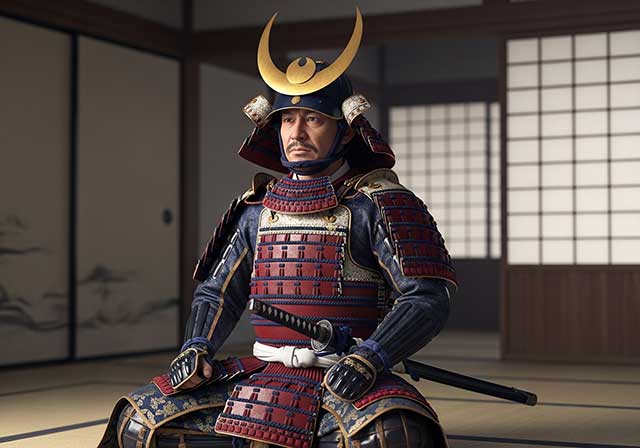
Kobayakawa Takakage was rightfully considered one of the most intelligent men of his era. Even Kuroda Kanbei, the celebrated strategist famed for his cunning—about whom people said he could outwit even a fox—admitted that Takakage was his equal in intellect, and at times even surpassed him. After the death of his father, Mōri Motonari, Takakage effectively governed the Mōri clan for many years while serving as advisor to his nephew, Mōri Terumoto.
-
Kira Chikazane
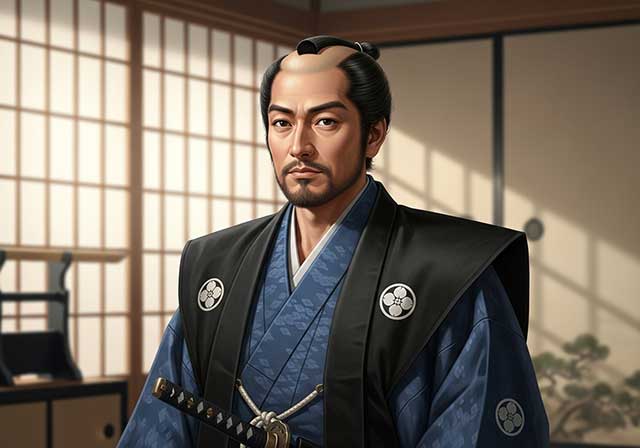
Chikazane, the son of Kira Chikasada and the nephew of the famous daimyō Chōsokabe Motochika, was married to his cousin, Motochika’s daughter. From a young age he showed great talent and promise, but his character was marked by a quick temper and a tendency toward sharp, sometimes aggressive behavior.
-
Kyōgoku Takatsugu
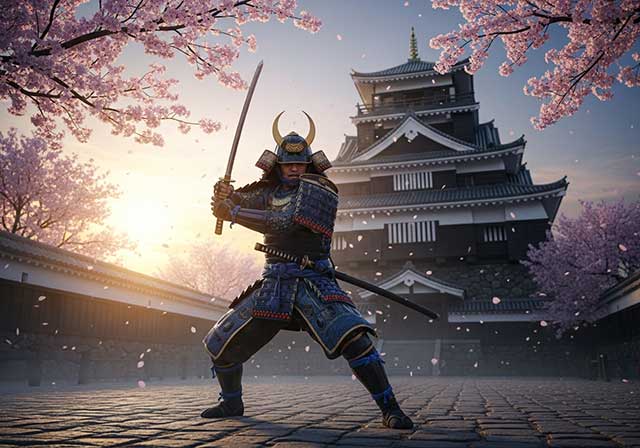
From the very beginning of his career, Takatsugu served under Oda Nobunaga and was married to Nobunaga’s niece, which secured him a strong position at court and close ties to one of the most powerful clans of the era. However, the events of 1582 drastically changed his fate. When Akechi Mitsuhide rebelled against Nobunaga and treacherously killed him at the Honnō-ji Temple, Takatsugu sought to take advantage of the ensuing chaos to strengthen his own standing. He launched an attack on Nagahama Castle in Ōmi Province, hoping to expand his territories. The assault, however, was repelled, and soon after, Mitsuhide was defeated by Toyotomi Hideyoshi’s forces at the Battle of Yamazaki, leaving Takatsugu without allies or support.

